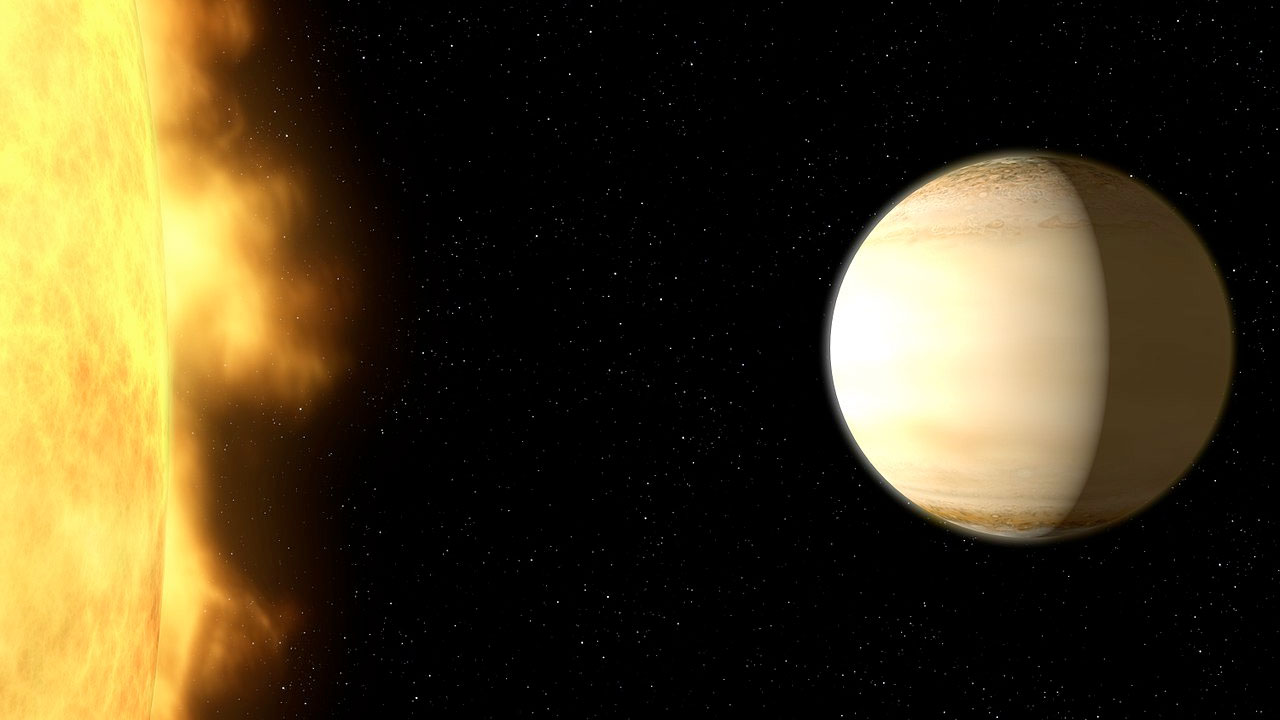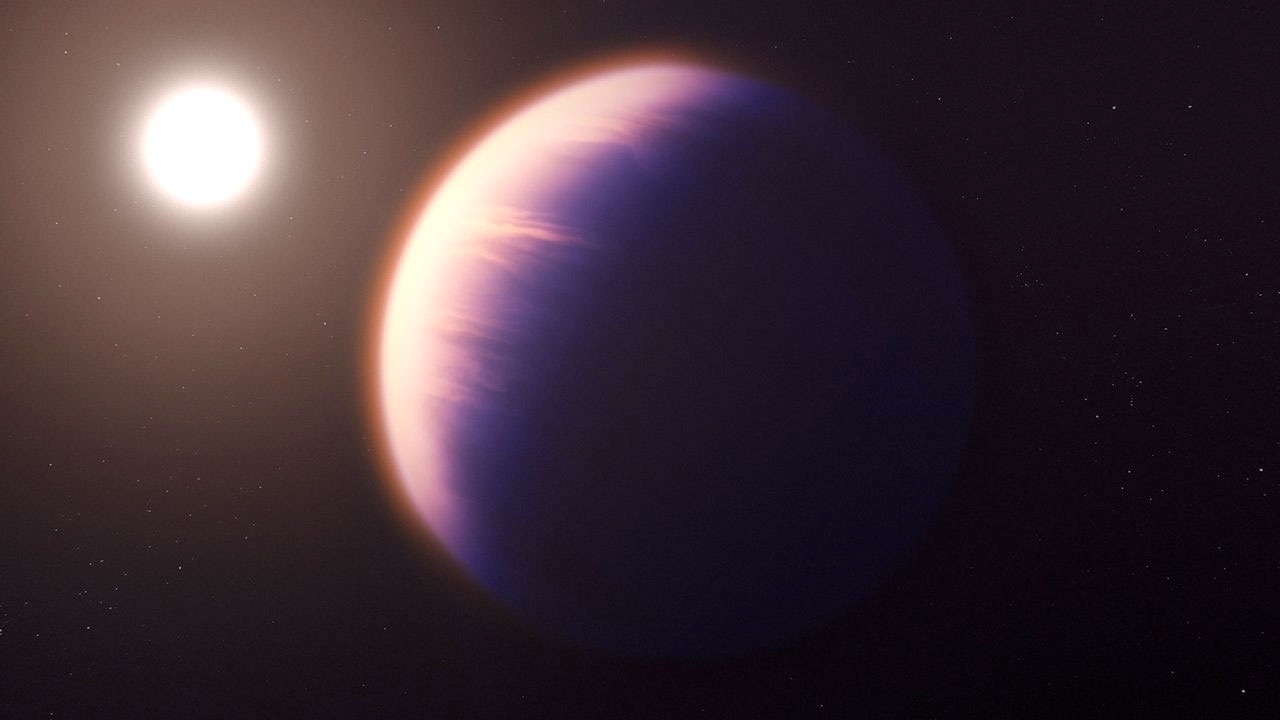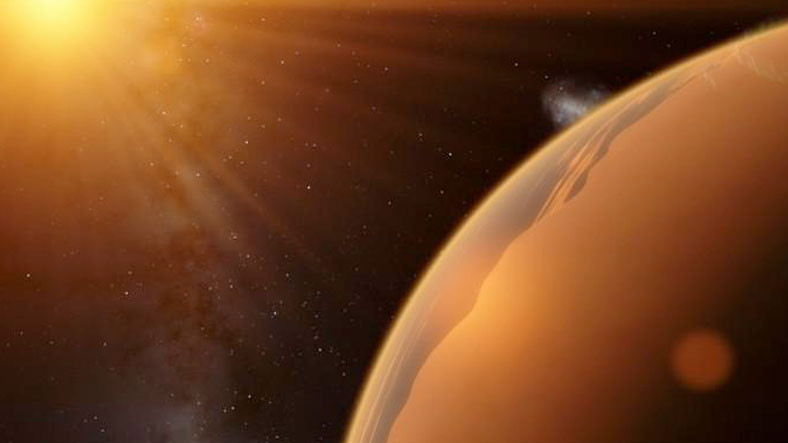Thanks to James Webb, the highest technology space telescope in history, which took 16 years to build and launched in December 2021, the discoveries continue without delay. Now outside the solar system, that is. orbiting another star Carbon dioxide has been discovered in the atmosphere of one of the millions of exoplanets orbiting the Earth.
Previous discoveries have shown that there can be atmospheres in exoplanets and that there is an atmosphere in this atmosphere. may contain different substances. showed. It is now certain that carbon dioxide, the backbone of life on Earth, can also exist on planets outside the solar system.
Meet the planet WASP-39b, discovered with carbon dioxide: It orbits a Sun-like star 700 light-years away, is the size of Saturn, and contains elements such as water vapor, sodium and potassium.

WASP-39 star and planet WASP-39b (Illustration) [email protected]
The planet WASP-39b was actually discovered in 2011 thanks to the WASP project with telescopes on Earth. After this project, it was determined that the exoplanet, which was closely marked with space telescopes such as Hubble and Spitzer, has an atmosphere and this atmosphere is rich in water vapor, sodium and potassium. More from James Webb advanced infrared observation capability Thanks to this, it has been confirmed that there is now carbon dioxide on the planet.
Also, the planet WASP-39b is 8 times closer to its star than the Sun-Mercury distance, so it is in a hot region. For this reason, a planet with a fast orbital motion is equal to just over 4 Earth days per year. Because of all these characteristics, the planet is sometimes compared to the ‘hot Jupiter’.
The presence of carbon dioxide is also an important step for the discovery of extraterrestrial life:

Another WASP-39b illustration [email protected]
Carbon dioxide, which is part of the natural cycle on Earth, is also intensely released by human activities. But this discovery focuses on the important role that carbon dioxide plays in the chemical cycle of life. The only goal, of course, is not to find traces of extraterrestrial life, but to understand how an exoplanet formed and developed.
The discovery was not made by 2-3 scientists in a room looking into space with a telescope. More than 300 scientists worked on the team:

“This was also an experiment that we are very proud of for open science. More than 300 scientists from all over the world took part. Details about this research can be found here.”
Open science is done through the collective observation or testing of data made available to all volunteer scientists working in a field. The scientific paper of the study has been published on arXiv and is expected to be published soon by the journal Nature.
Below are other James Webb discoveries and information that will open your horizons:
















